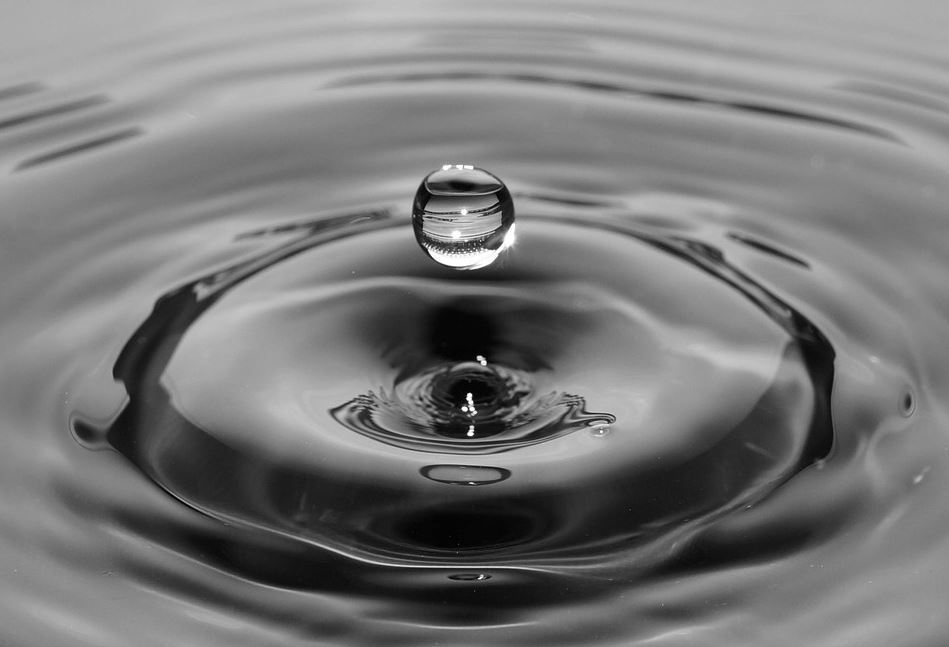Buying a reverse osmosis system is a major investment. As such, you likely have many questions. What, exactly, is hydranautics? How does an RO membrane work? Does an RO system help with water scarcity, desalination, or brackish water? These are all important questions to ask when you’re deciding between RO membrane manufacturers.
When you’re deciding between a handful of process solutions, you’re going to want to weight the terms of value, the business overview, the overall competitive landscape to determine which RO products are right for you. Here’s how to decide.
Before the Purchase
If you’ve decided on a water treatment purchase, you’re going to want to understand a few things about your system before you purchase. For instance, you may be wondering about the material type used for the membrane. You may have questions about how the system produces clean water. This is where some due diligence comes into play. You need to do an adequate amount of research before you commit to a membrane system. It’s important to learn some of the essential basics.
To start, you’ll have to choose a product that has the right number of filtration systems. Most RO membrane systems come in three, four, or five stages of filtration. Naturally, the more stages of water purification, the better the water quality. Especially when it comes to seawater desalination, removing solutes and preparing the water for the end-use industry or human consumption is crucial. You’ll also want insight into the level of water hardness and wastewater treatment to prevent excess waste. Understanding the essentials of a thin film composite membrane, membrane fouling, and system operating pressure can help you make a more informed, decisive choice.
Since the RO membrane market has a variety of applications, it’s important to find a company profile that fits with your specific needs. As the membrane market size continues to grow and new membrane types experience high demand, the market dynamics will shift which can further complicate a purchasing decision.
Finding a Seller
Once you’ve processed some of the essentials, it’s time to get down to the terms of value and find the right RO membrane manufacturers. Do you choose a company with the largest share of the RO membrane market or do you find an up-and-comer in the power industry? Often, this will depend on your industrial applications and the process technologies that you require. While it is important to look at market segmentation, commercial utilization for end-users is more valuable on a larger scale. Often, this means looking toward the industry innovators in forces analysis, research methodology, and membrane type development for hydranautics.
When you’re setting up collaborations with a membrane system company, look for extensive experience within the industry. While it’s tempting to simply choose based on authority, this can lead to process solutions that don’t work as effectively as their pricier counterparts. Customer support is also critical. While many membrane systems have clean in place (CIP) protocols, these alone aren’t enough to ensure that your system runs effectively for years to come. Especially with the thin-film composite membrane segment, it’s possible to experience damages, efficiency losses, and system failures. It’s important to have support on your side to assist you if there’s a need for ongoing repairs or fixes for any reason.
Choosing an RO system is a major expense that can have a wide variety of industry applications. Before you commit to a purchase, it’s key that you understand the essentials of how these systems work and also find a seller that you can trust. The market has plenty of options. Finding the right one can keep you set for years to come.

